Probably best known for Son Doong, the world's largest cave, thanks to the photoshoot in National Geographic, this Karst mountain region is now fairly well known. The whole area is remote and about an hour'drive from Dong Hoi, which is a major train stop between Danang and Hue. Interestingly enough, all the towns here are practicing Catholics-- the place is full of churches. I could have sworn I saw an Asian-looking version of Madonna and Child.....
interesting facts about the area:
interesting facts about the area:
- Phong Nha Ke Bang is named for 2 things: Phong Nha is the name of the town that this mountain range is near to, and Ke Bang is the name of the mountain-- so they put it together to get Phong Nha Ke Bang Nat'l Park.
- There are many locals here who still remember the Vietnam-American War. In fact, one of the many Australian expats here told me that the Vietnamese are not long-term planners because many of them lived in a time where they thought they only had hours to live.
- Tunnels that the Vietnamese used during the war still exist, but it seems that even the expert cavers don't want to go in-- our guide said that he found them scary, hot, and humid. They would hide in the tunnels so that when the Americans tried to bomb the Ho Chi Minh Trail, which was the supply line to Laos, they could come out and fix the road almost instantly.
- Phong Nha cave is where many of the locals fled to in order to stay alive during the heavy bombings.
- This area has suffered a lot-- not only did they lose a lot of folks in the war (the whole country lost 2/3 of their population) but in 1990 they had a massive malaria outbreak and lost another good portion of their population.
- During flooding season, electricity tends to cut out and the area gets cut off from the world. Folks survive with generators, but this area (although more hotels are going up) doesn't have the general infrastructure to support more folks than it already has to.
- Ethnic minority tribes still remain in the area-- in fact it is hard to tell them to change their way of life as they are used to climbing trees to collect honey, hunt, and cut trees down to build houses. Very different language, and the villagers we met on the way to and from Hang En seemed to be slowly adapting to modern times. No electricity, but they had a school for the children. Everyone in that village was a descendant of or related by marriage to the Village Chief and his wife-- and there were over 30 people living there.
Exploring Hang En (Swallow Cave)-- the 3rd largest cave in the world
After some gross camping experiences in New Hampshire a couple of years ago, I was pretty hesitant to go camping again, but overall I had a great time on this 14 mi round trip trek. The whole trek was full of pretty incredible stuff, like the minority village people to the beautiful mountain scenery and of course, the Hang En cave itself. Words and pictures can barely describe how large the place is. It's got great acoustic properties-- imagine my delight when the cave reverberated with my sneeze! Apparently someone brought their banjo at one point and it was a great performance so if you feel up to trekking with an instrument, this could be a cool venue. If you're interested in taking photos (like I am) then most of the time you'll find that since almost everyone on these treks carries a camera of sorts, the guides are quite good at telling you where to take photos, will take photos of you for you, and will help organize the other folks on the trip to do some "light painting" for long exposures.
We've traveled with 2 different companies on this trip, Phong Nha Discovery and Oxalis-- and I can tell you that Oxalis takes very very good care of its customers and ensures that they have great guides who are fluent in English. If you're coming here to go to Son Doong, Hang En, or Tu Lan-- look them up. If you're looking for the standard tourist trap caves (which are impressively lit up and I quite enjoyed because of the various formations they had), then you can either go yourself through the Phong Nha Ke Bang visitor center, or just go with a tour that your hotel/homestay/hostel can easily arrange.
If you're considering going there (and you don't camp often, like me), you might want to be prepared for what's ahead:
We've traveled with 2 different companies on this trip, Phong Nha Discovery and Oxalis-- and I can tell you that Oxalis takes very very good care of its customers and ensures that they have great guides who are fluent in English. If you're coming here to go to Son Doong, Hang En, or Tu Lan-- look them up. If you're looking for the standard tourist trap caves (which are impressively lit up and I quite enjoyed because of the various formations they had), then you can either go yourself through the Phong Nha Ke Bang visitor center, or just go with a tour that your hotel/homestay/hostel can easily arrange.
If you're considering going there (and you don't camp often, like me), you might want to be prepared for what's ahead:
- Swallow Cave = swallow birds live here in addition to bats and both roost above you and because of gravity, well, shit falls quite often.
- Since shit is always falling, there is shit on the ground like everywhere. So I don't recommend walking barefoot (as I groggily did in the morning to go to the bathroom). In fact the area that we sat down to eat meals at had a tarp up, which was like only put in a month or so ago. (Our guide said that eating was very interesting because you basically had to take the food and shove it into your mouth really fast before the poop hit your bowl.
- Bugs. Oh man, I had no clue what most of the bugs were that landed on me/near me/flew close to the light. Educate yourself on leeches before you come here. Just warning you. There are scorpions and spiders in the cave.
- Tuck your pants into your socks and if it's raining, don't be like me and trudge through with your own tennis shoes (though I didn't get any blisters, but I did almost fall off the trail and did some natural mud slip'n'slides a few times.
- Investing in the shoes that the guides wear (five-ten canyoneer 3) or something with a grippy sole is a great idea. Othewise you'll have to wear their Cambodian Army Boots which were not comfortable at all (however thick wool socks may save you from icky blisters).
- Long pants and sleeves are essential. If it's raining, you'll still want pants to protect you from all the various poisonous plants (there's more than just poison ivy). If it's not raining (Aka the mosquitoes are hungry) then you will get eaten alive (I saw a few people get 10+ bites on the way back).
The Warmup Act to Hang En
Phong Nha Cave-- must get here by loud motorized boat (that gets paddled through later on)
Paradise Cave: Like Jurassic Park minus the dinosaurs (probably because of the golf cart ride from the gate to the carved staircase up the mountain to the entrance of the cave)
Beauty of the surrounding area
Good Food Exists!
- the roasted pork place is quite tasty (Its owner is apparently very literal-- It's called "The Best Roasted Pork Restaurant in the World (Probably)"
- The Oxalis tours had excellent food, and if you happen to be at their Phong Nha Headquarters they serve excellent food as well! Try their delicious BBQ
- There seemed to be a lot of local restaurants but it was hard to tell if they were good or not (if I hop into a local place it'll be where all the locals are at)
- If you're dying for Western food, go to Easy Tiger. (We ended up going there for lunch one day and I thought to myself, so this is where all the white people vacation here!)
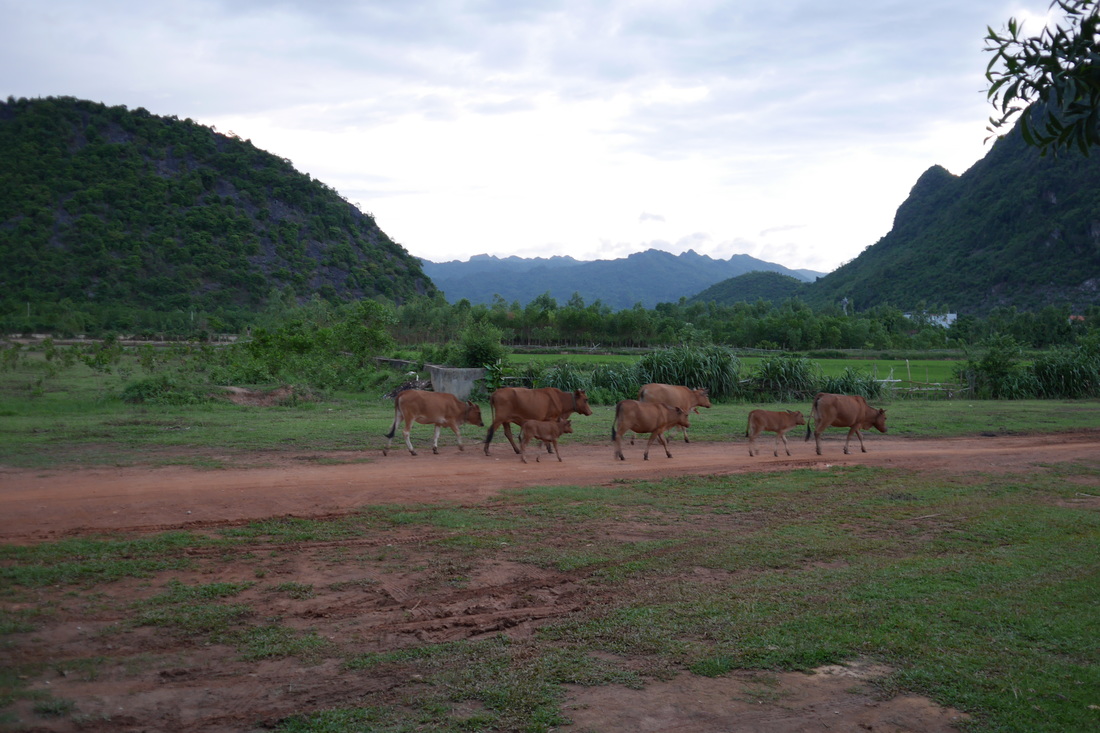
The view I'm paying for, haha. No but in all seriousness, Jungle Boss Homestay was excellent, even though our host, Dzung, couldn't be there (his wife had just given birth to his 2nd child when we arrived). He leads a tour to the old part of the Ho Chi Minh Trail and does a whole history + jungle survival lesson and I bet gives an interesting perspective of the war itself.
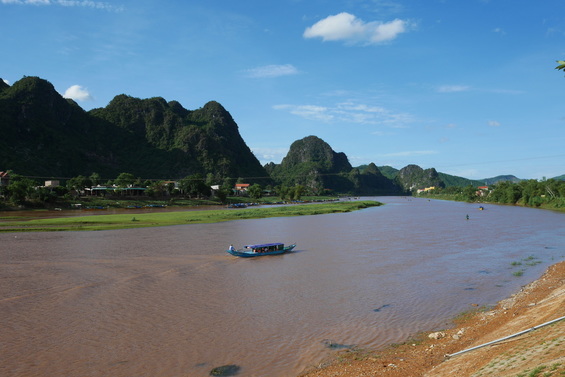
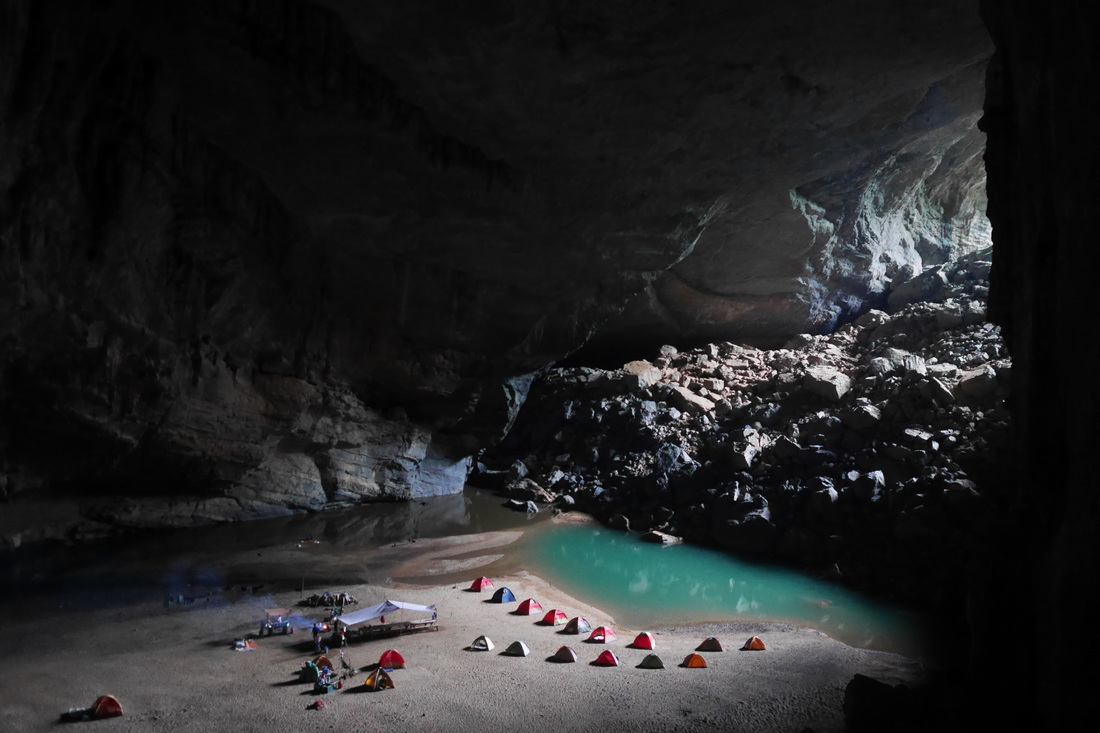
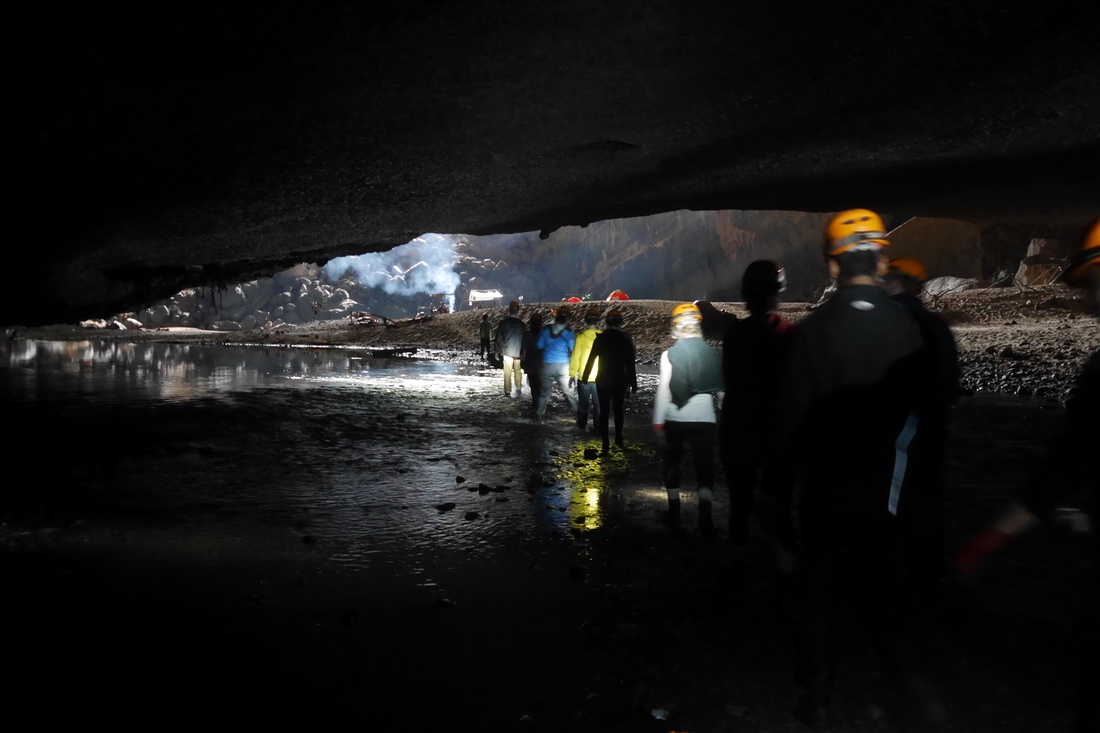
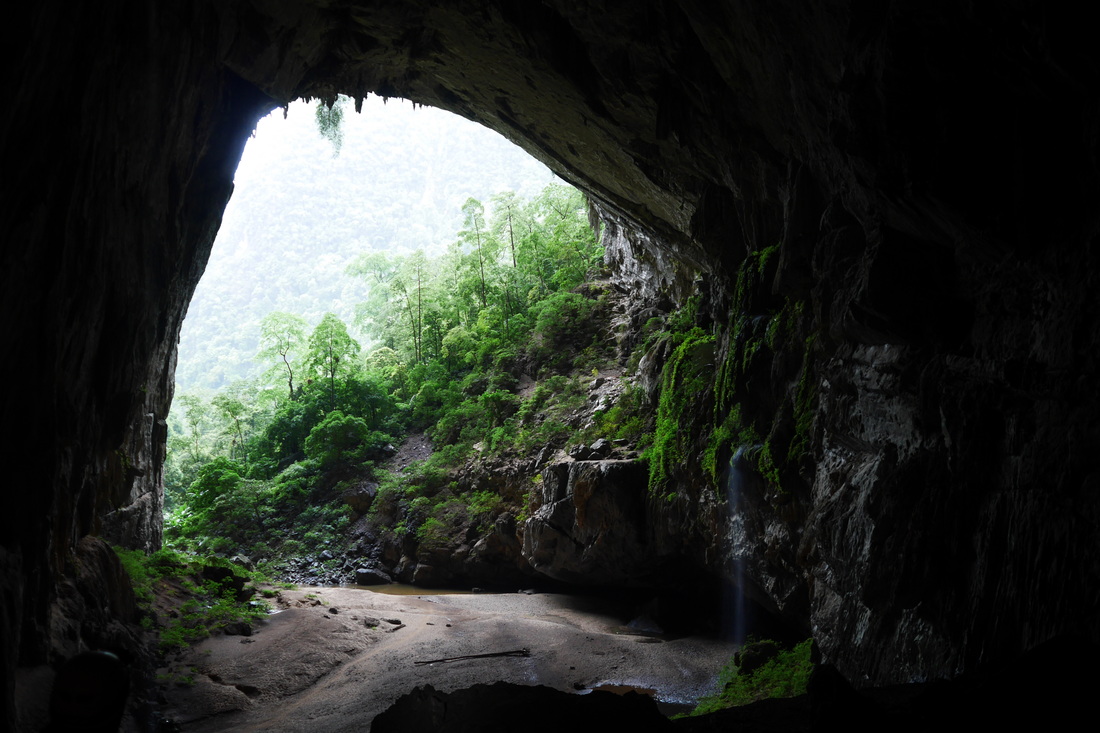

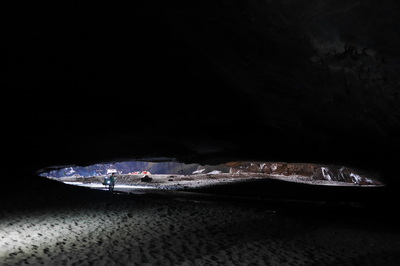
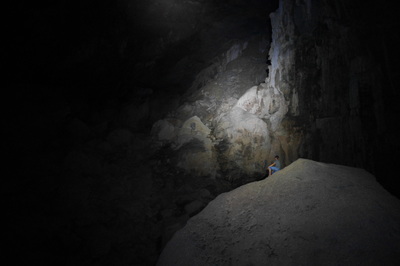

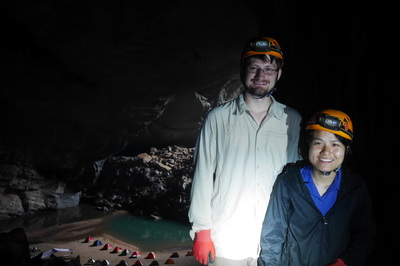
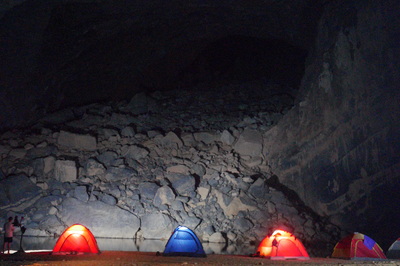
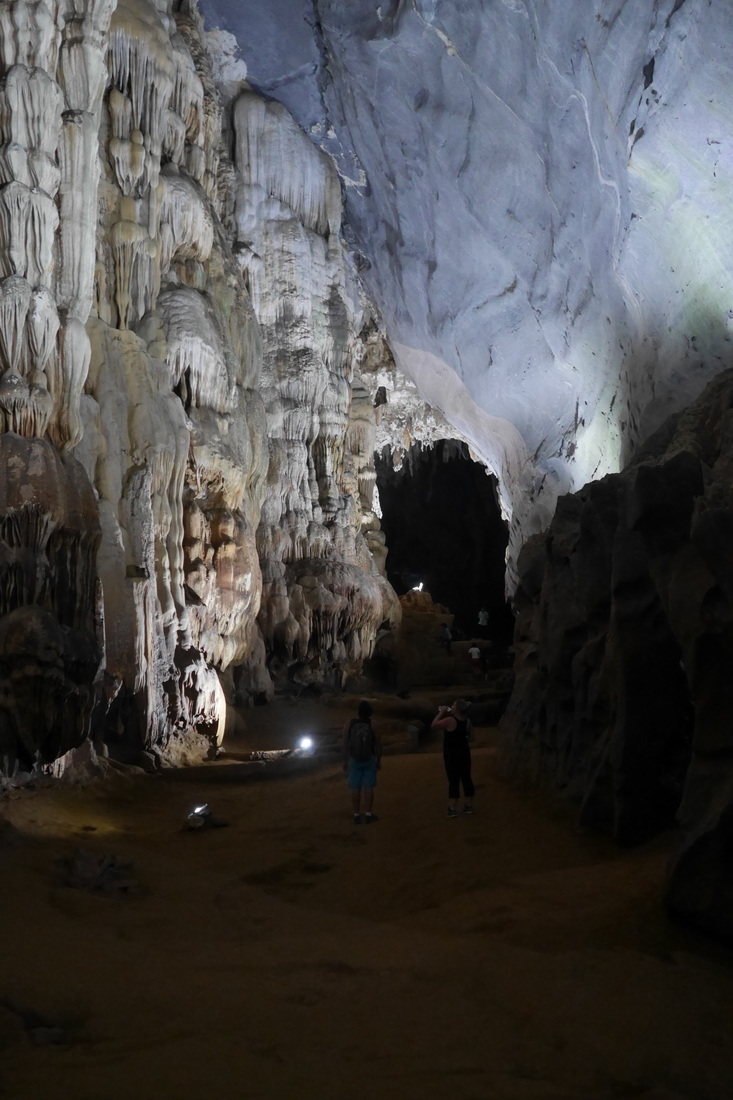
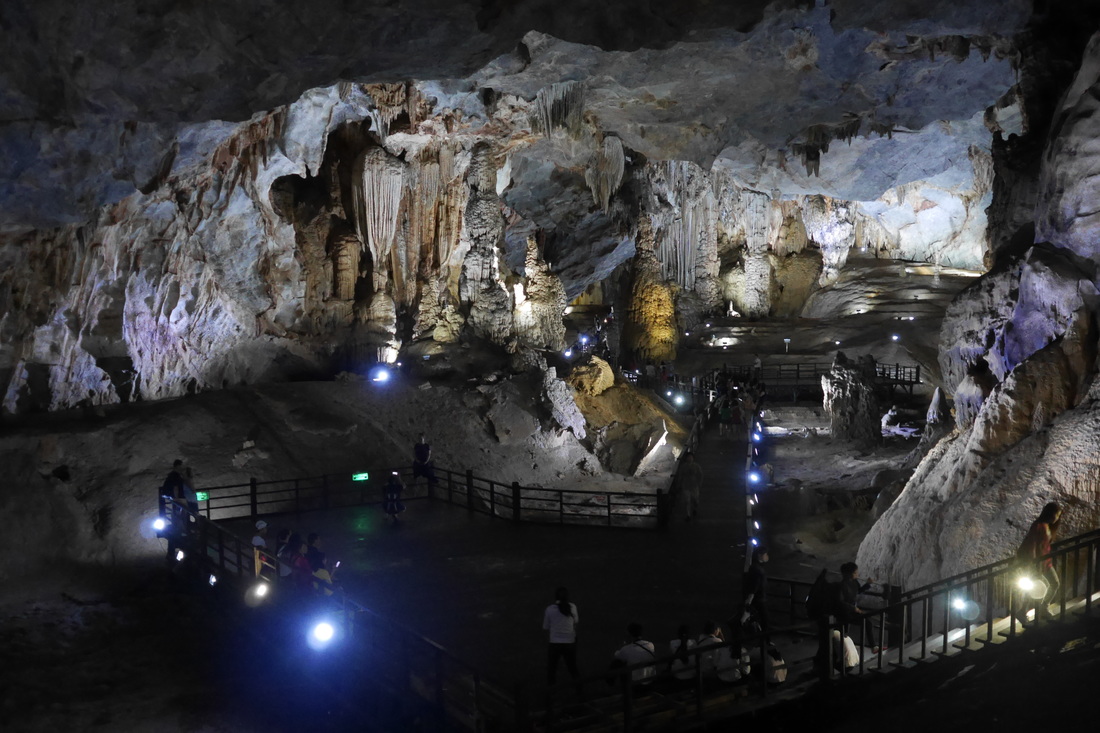
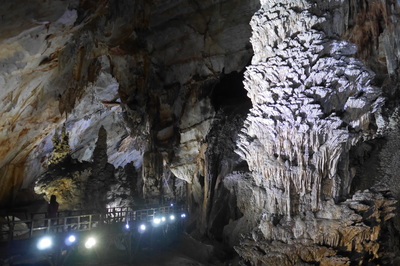
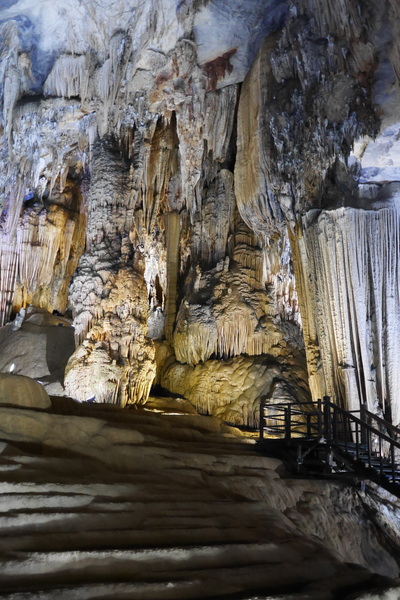
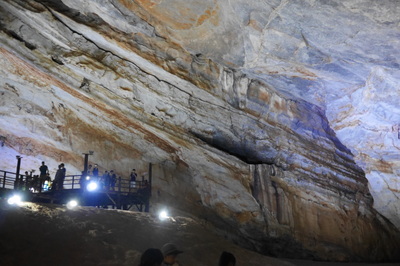
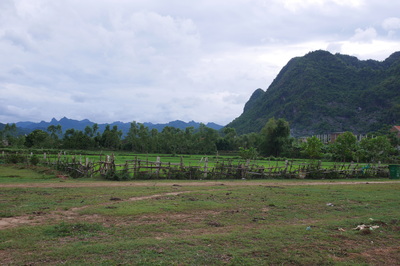
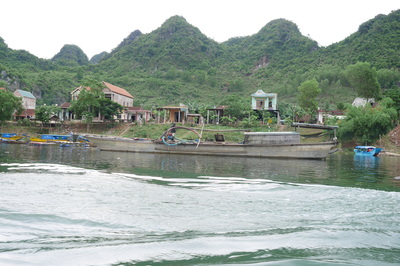
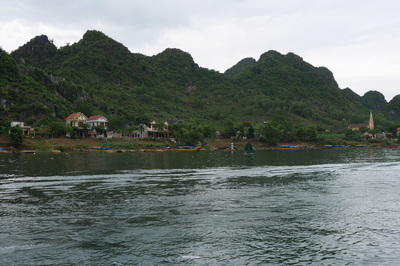
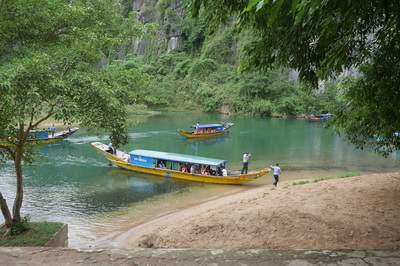

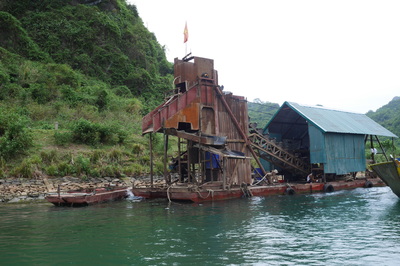
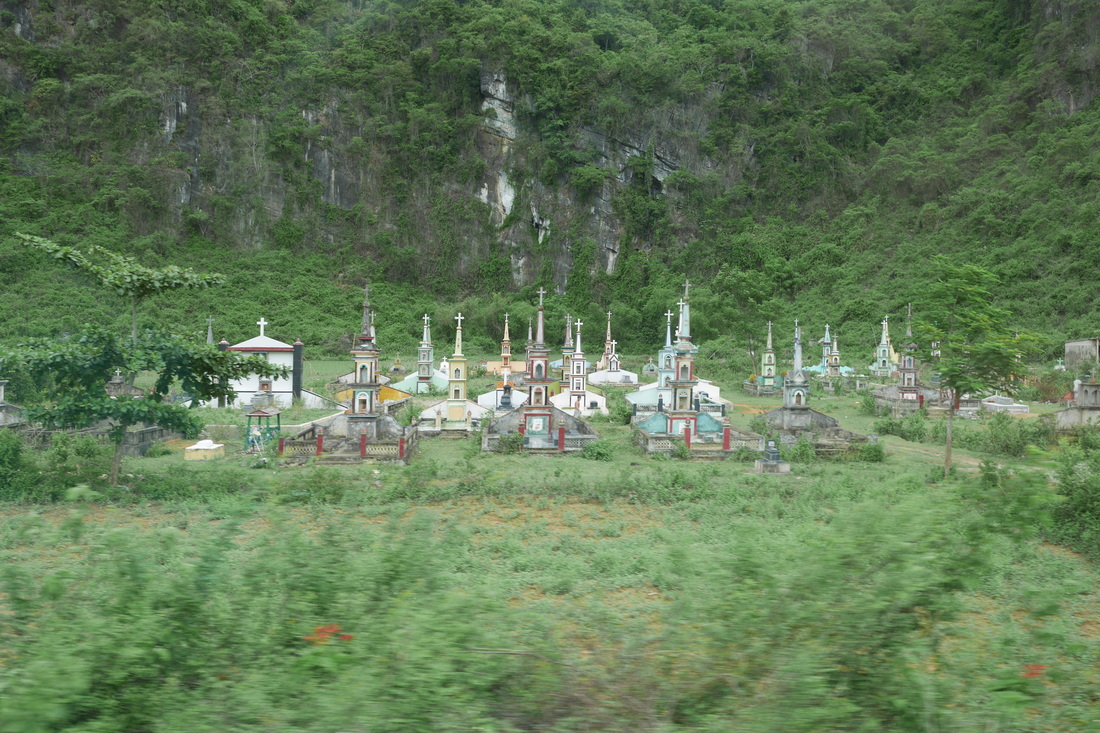
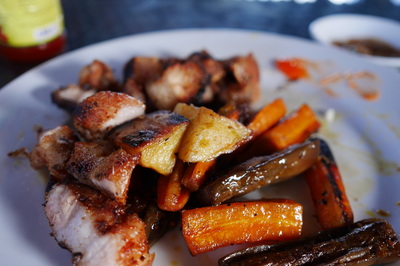
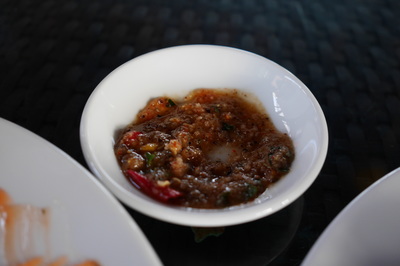
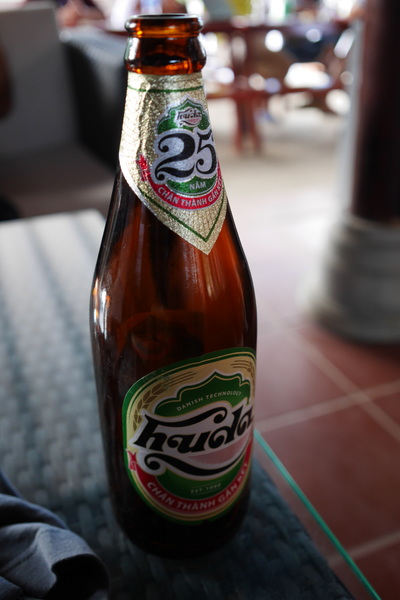
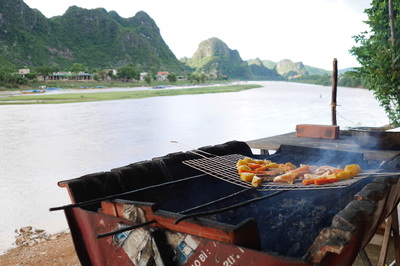
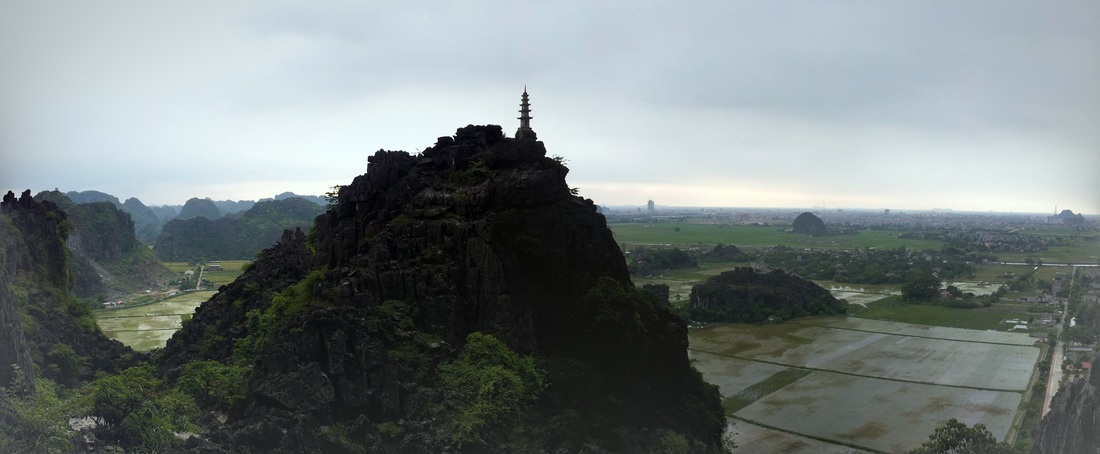
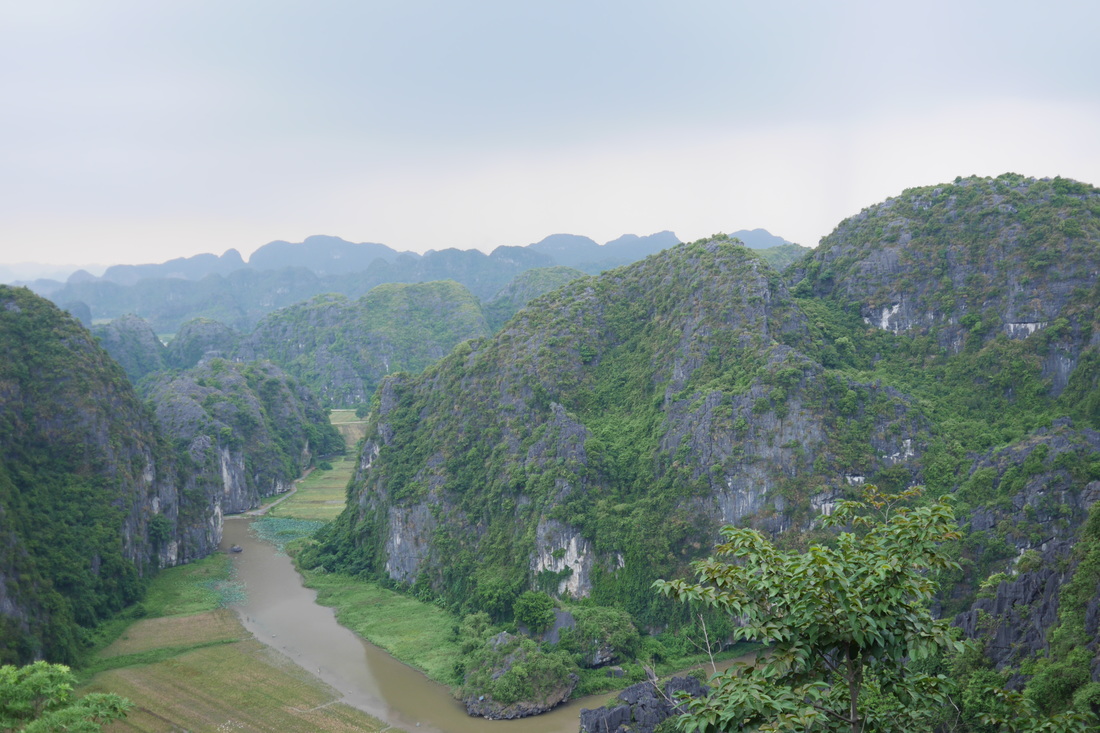

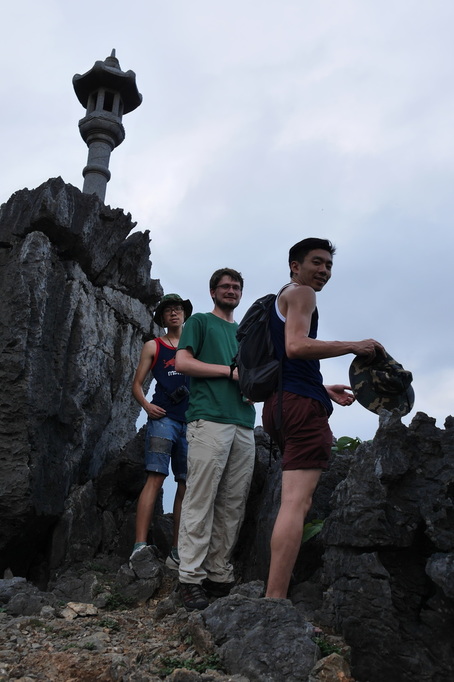
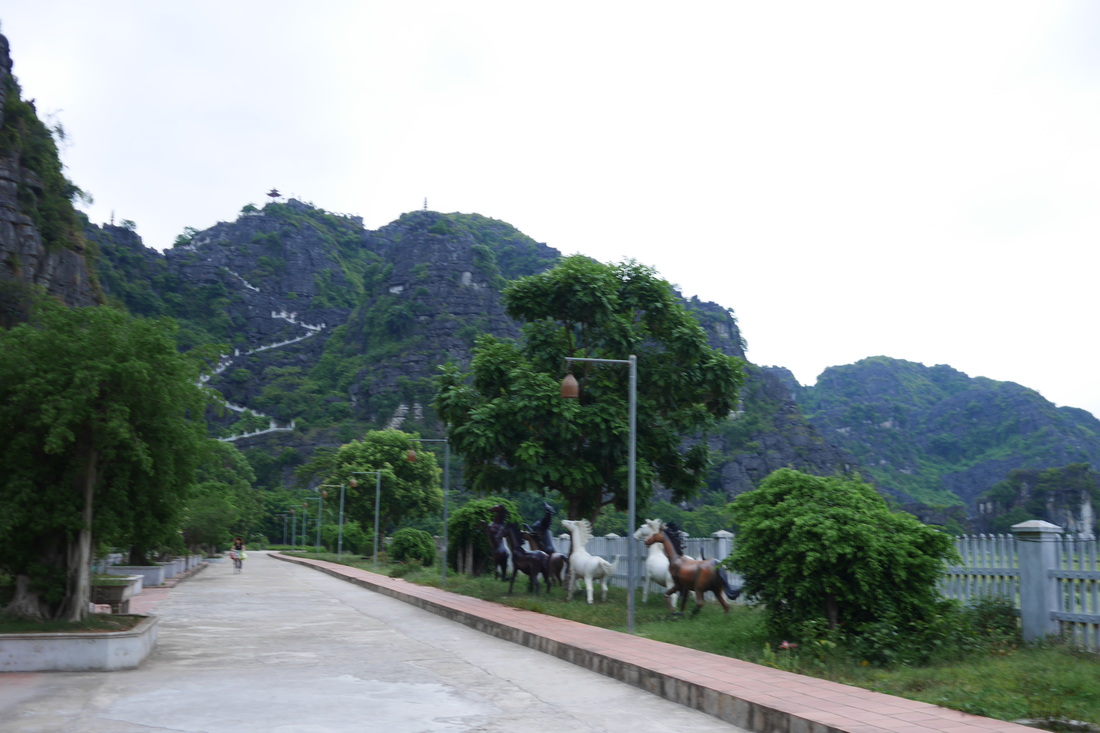
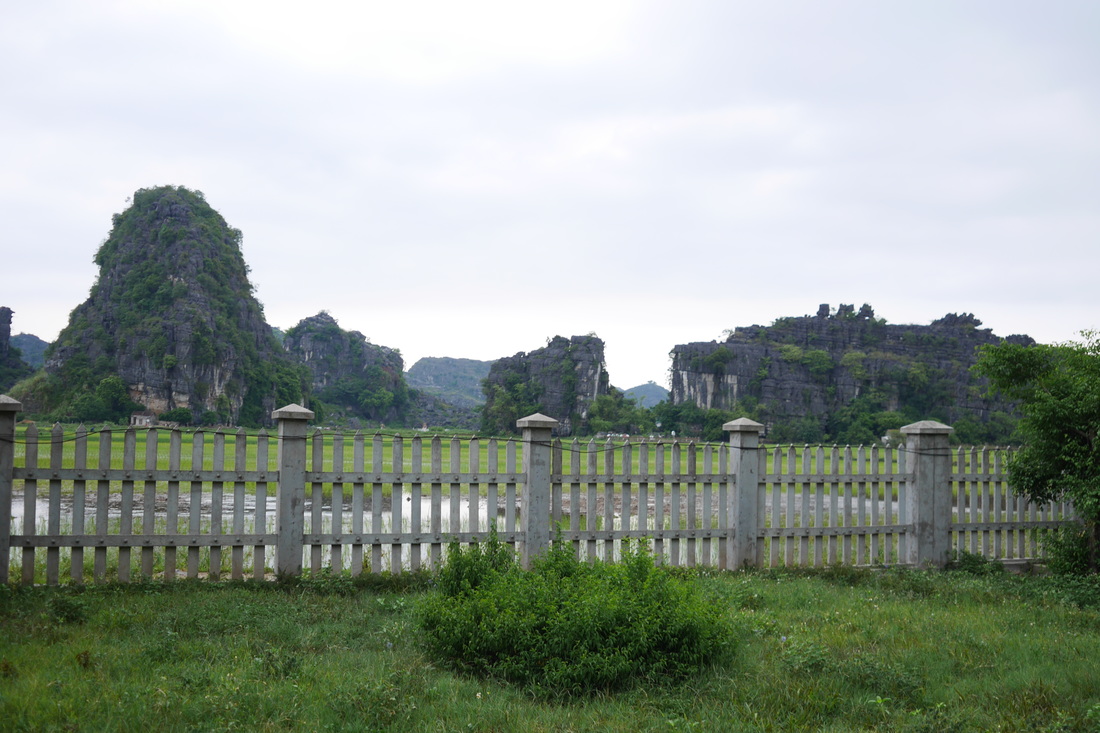
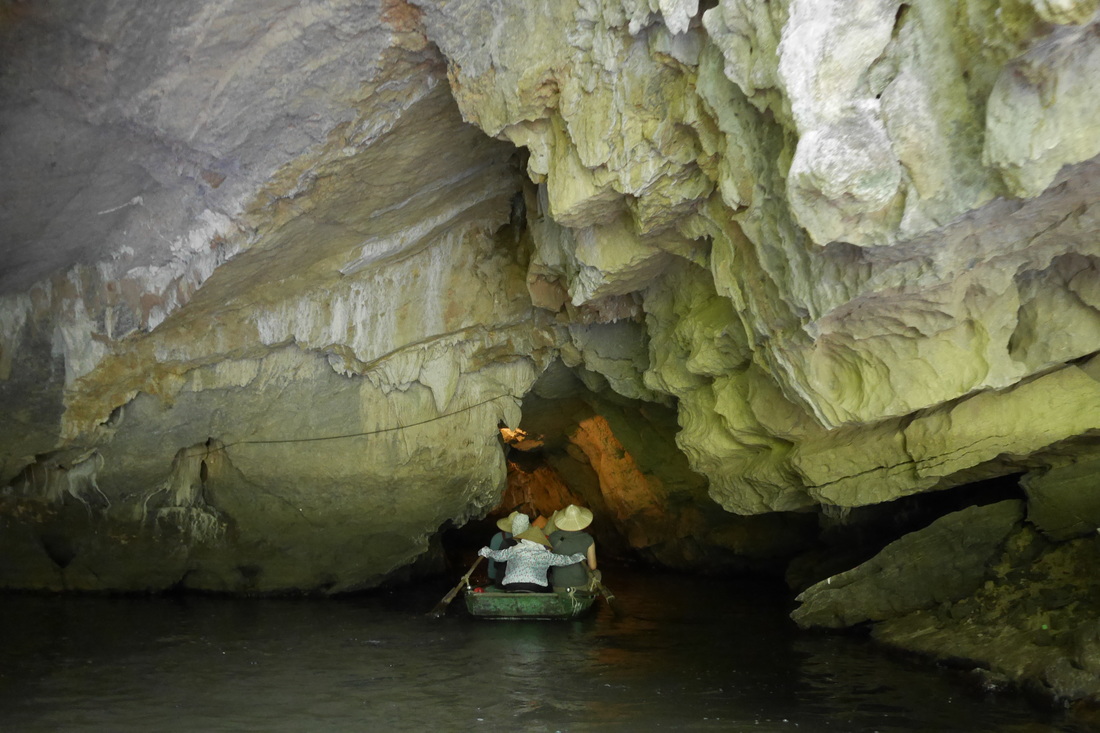
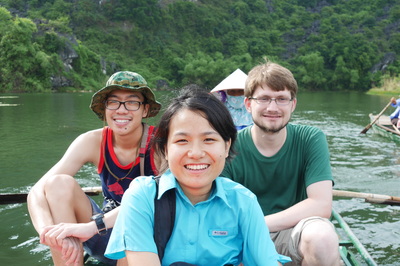
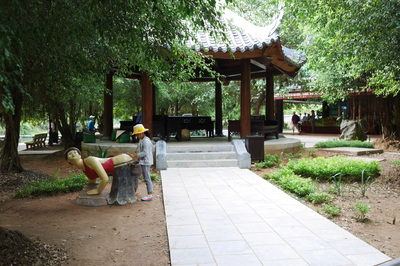

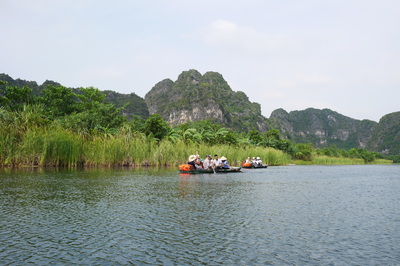
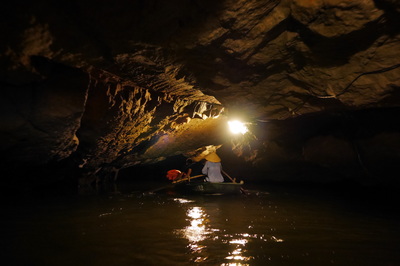
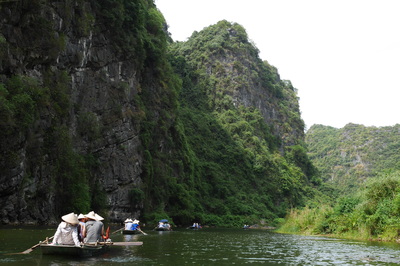
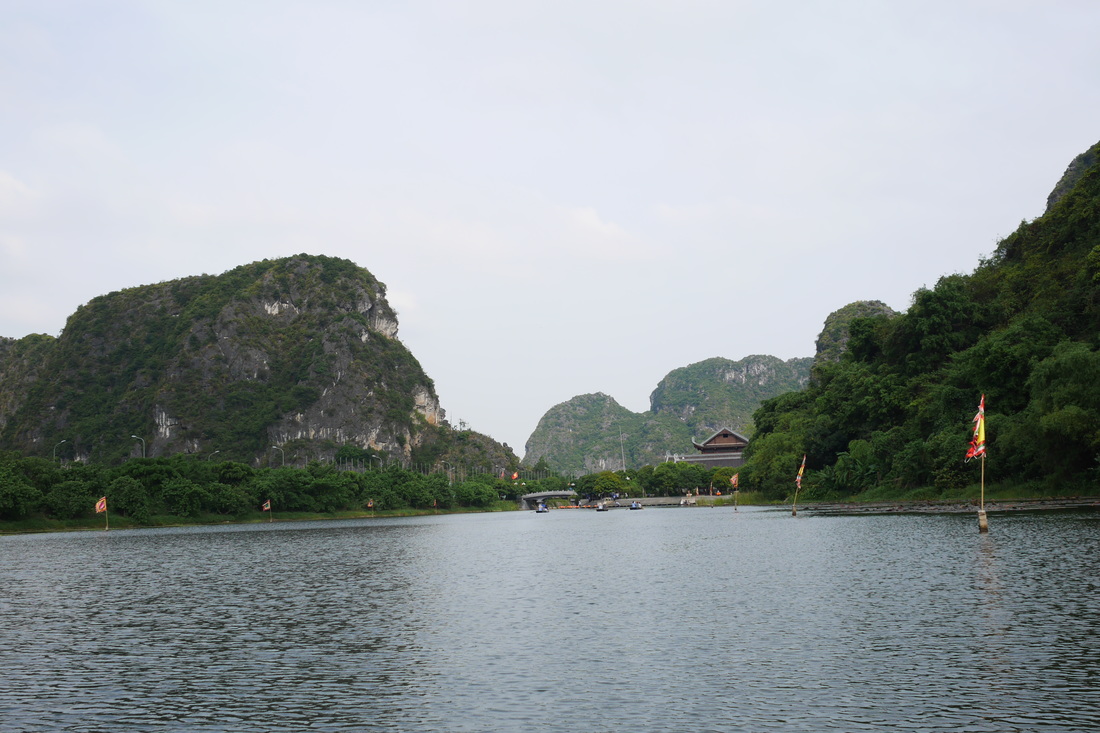
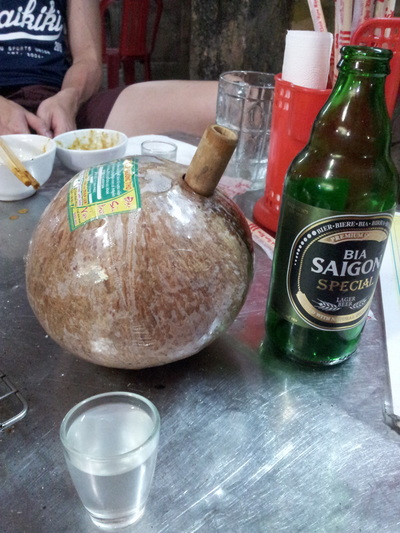
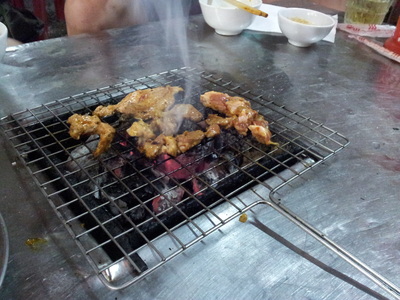
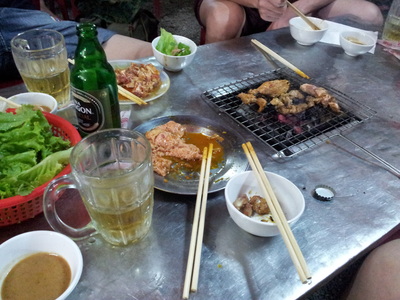
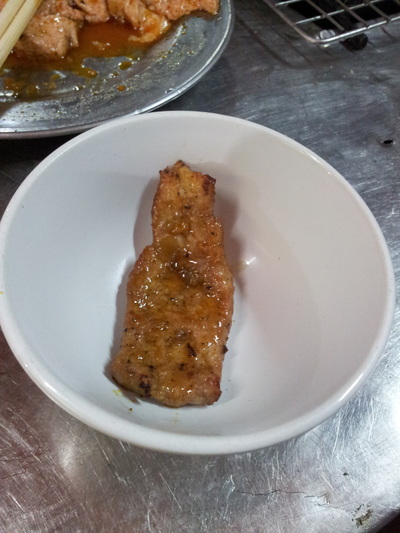
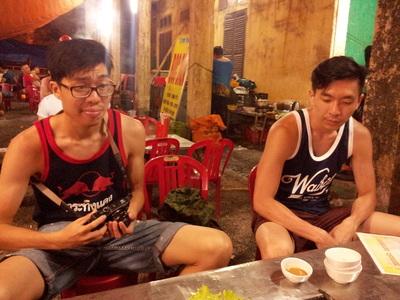
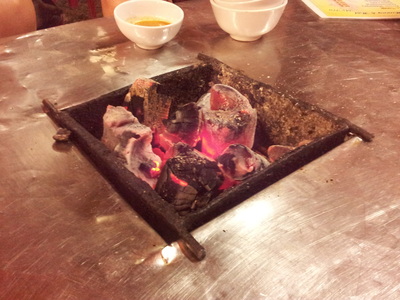
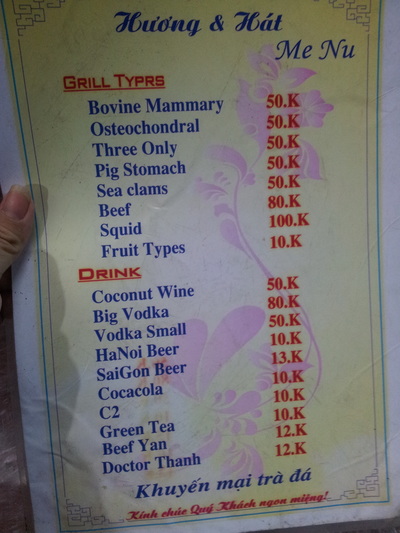
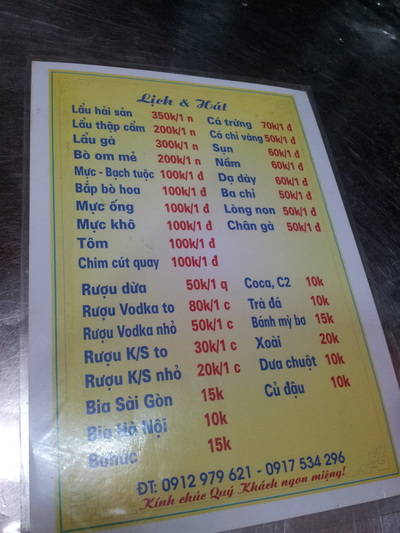
 RSS Feed
RSS Feed
